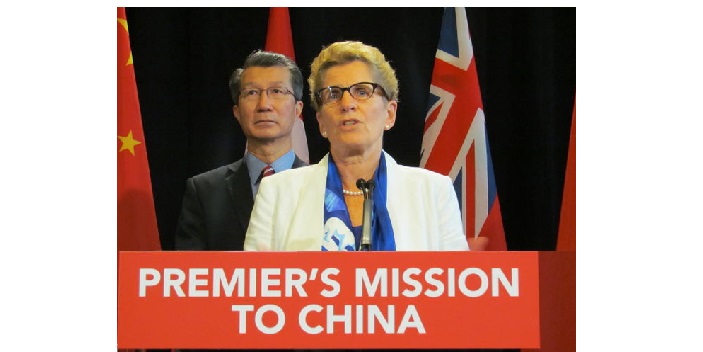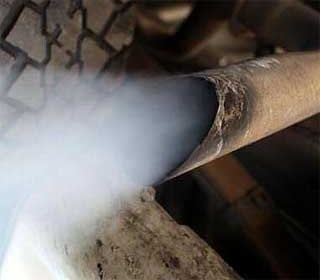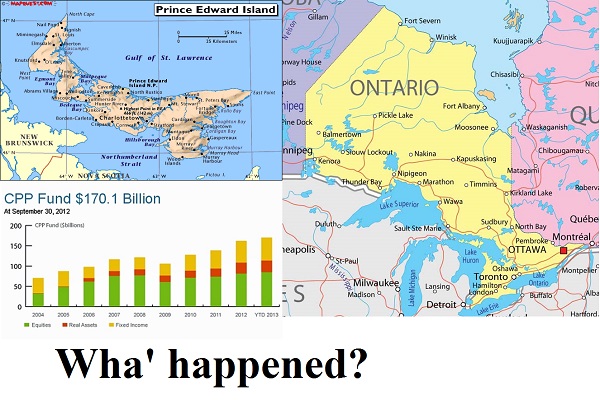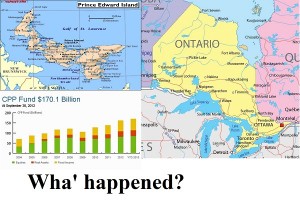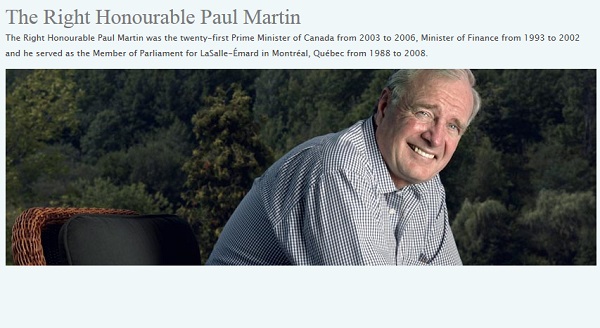Ontario’s Chief Medical Officer of Health is reminding all Ontarians to protect themselves and their families against Ticks, Lyme disease and West Nile virus this summer.
Dr. David Williams is asking people to take simple measures to avoid being bitten by blacklegged ticks that can carry Lyme disease. If not identified and treated early, infection can lead to recurring arthritis, neurological problems, numbness and paralysis.
Reducing exposure to ticks is the best defense against Lyme disease. You can protect yourself and family by:
- Wearing closed-toe shoes, long-sleeved shirts and pants
- Pulling your socks over your pant legs to prevent ticks from crawling up your legs
- Wearing light-coloured clothing to spot ticks more easily
- Using insect repellent containing DEET or Icaridin on clothing as well as on exposed skin, following the instructions carefully
- Showering or bathing within two hours of being outdoors to remove ticks that can be on your skin but not yet attached
- Doing a daily full body check for ticks. Young blacklegged ticks can be as small as a poppy seed, so look carefully. Check children and pets for ticks as well.
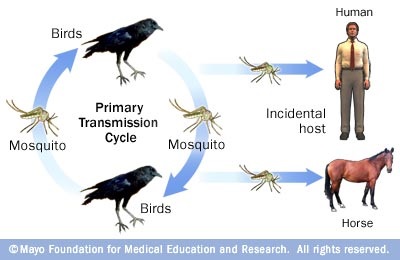 Dr. Williams is also reminding Ontarians to protect themselves from mosquito bites to reduce their risk of getting infected with West Nile virus. Simple precautions to take include:
Dr. Williams is also reminding Ontarians to protect themselves from mosquito bites to reduce their risk of getting infected with West Nile virus. Simple precautions to take include:
- Using insect repellent containing DEET or Icaridin on clothing as well as on exposed skin, following instructions carefully.
- Wearing light-coloured clothing, a long-sleeved shirt and long pants
- Making sure screen doors and windows are in good repair to keep mosquitoes outside
- Eliminating mosquito breeding sites around your home by emptying standing water in flowerpots and birdbaths on a regular basis, and getting rid of compost and dense, overgrown shrubbery.
 Most people who catch West Nile virus will experience fever, head and body aches, a mild rash and swollen lymph glands. More serious symptoms include encephalitis (swelling of the brain), difficulty swallowing and confusion. Adults 50 years of age and older and people with underlying medical conditions and/or weaker immune systems are at greater risk.
Most people who catch West Nile virus will experience fever, head and body aches, a mild rash and swollen lymph glands. More serious symptoms include encephalitis (swelling of the brain), difficulty swallowing and confusion. Adults 50 years of age and older and people with underlying medical conditions and/or weaker immune systems are at greater risk.
If you or a family member are experiencing serious symptoms and health effects, or have concerns about any symptoms, contact your health care provider right away.
QUOTES
“Ontarians should definitely enjoy all the province has to offer outdoors this summer. However, they should keep in mind that while outdoors, they can be exposed to Lyme disease and West Nile virus. Taking the necessary precautions to prevent tick and mosquito bites is the best defense against these diseases.”
— Dr. David Williams, Ontario’s Interim Chief Medical Officer of Health
“As a public health physician, I know that Lyme disease is a serious issue. Our government is committed to protecting Ontarians from Lyme disease and other diseases carried by ticks and mosquitoes. It’s important that all Ontarians take these simple steps to protect themselves while enjoying the outdoors this summer.”
— Dr. Eric Hoskins, Minister of Health and Long-Term Care
QUICK FACTS
- Risk areas for Lyme disease in Ontario include: Thousand Islands National Park area (prior to 2013, known as the St. Lawrence Islands National Park), Long Point Provincial Park, Rondeau Provincial Park, Point Pelee National Park, Prince Edward Point National Wildlife Area, Wainfleet Bog Conservation Area, Turkey Point Provincial Park, Pinery Provincial Park, Rouge Valley, and locations in the Rainy River region of Northwestern Ontario.
- If you have visited Lyme disease risk areas and are exhibiting symptoms, let your doctor know. Most cases of Lyme disease can be treated successfully with a few weeks of antibiotics if diagnosed and treated early.
- West Nile virus has been reported in different parts of Ontario – cities as well as rural areas. Contact your local public health unit to find out when and where you are most at risk to exposure to West Nile virus.
LEARN MORE
- Find out more about Lyme disease
- Learn how to identify and remove a tick from your body
- Lyme disease risk areas in Ontario
- Find out more about West Nile Virus
- Find your local Public Health Unit





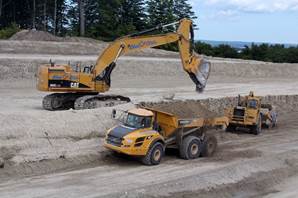

 I also want to convey this sentiment to any other immigrant, refugee or newcomer to Brant. I will do everything in my role as MPP to support anyone experiencing anxiety and trepidation as a result of their faith, background or ethnicity. As your MPP, I am elected to represent all people of Brant, regardless of religion or country of origin.
I also want to convey this sentiment to any other immigrant, refugee or newcomer to Brant. I will do everything in my role as MPP to support anyone experiencing anxiety and trepidation as a result of their faith, background or ethnicity. As your MPP, I am elected to represent all people of Brant, regardless of religion or country of origin.




